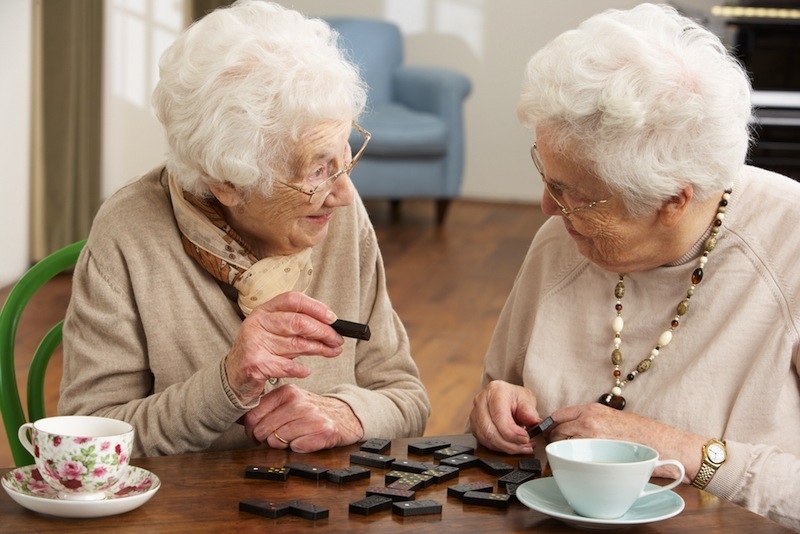
Commercial
Institutional
News
Residential
Taking note of individual human thermal comfort
March 26, 2014 - VTT Technical Research Centre of Finland says it has developed a new method for assessing the individual thermal comfort experienced by different user groups. VTT feels the design of energy efficient buildings—such as day care centres, schools, offices and homes for the elderly—should pay more attention to the thermal comfort of user groups according to real needs.
March 27, 2014 By Anthony Capkun

The new method developed for assessing thermal comfort (Human Thermal Model, HTM) is based on modelling individual anatomy and physiology. The method can be used to assess the impact of individual characteristics, such as gender, age, body mass index and muscularity, on the volumes of various tissue types (e.g. bone, muscle, fat and skin).
The heat and moisture transfer between a person’s anatomy, clothing and the environment determine the local temperature of body tissues. These temperature values can be used to calculate the local thermal comfort of different parts of the body.
An adequately precise identification of the various body tissues is important, says VTT, because muscle tissue, for example, produces heat at a basal metabolic rate of 0.67W/kg when at rest, while the heat produced by fat tissue is at a rate of 0.004W/kg. Light office work produces just over 2W of thermal power per kilo of muscle, while cleaning work produces 5W and strenuous athletic performance momentarily over 20W.
When comparing the thermal comfort of women and men using same values for all other individual characteristics (body mass and muscle indexes), the indexes for male thermal comfort were on average 0.39 units higher than for women (in the case of 20-year-olds and 80-year-olds), and 0.48 units higher for 50-year-olds.
Statistically, men to have more muscle tissue on average than women. People also lose muscle mass as they grow older. Because the thermal output of muscle tissue per kilogram is several orders of magnitude higher than that of fat tissue, it is important to be aware about individual amount of muscle tissue, insists VTT. Thus, gender and individual muscularity out of the various characteristics in particular have a considerable impact on metabolic rate and tissue temperature… and, in the end, on the person’s thermal comfort.
So why is any of this important? VTT says an understanding of thermal comfort will become important as part of continually improving the energy efficiency of existing and new construction. From occupant point of view, it will be beneficial to be able to estimate the thermal comfort of different end user groups so that relevant design and maintenance solutions ensure simultaneous fulfilment of both energy efficiency and occupant satisfaction with thermal conditions.
Print this page